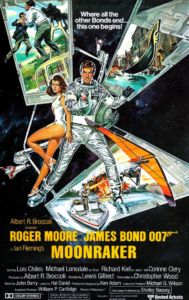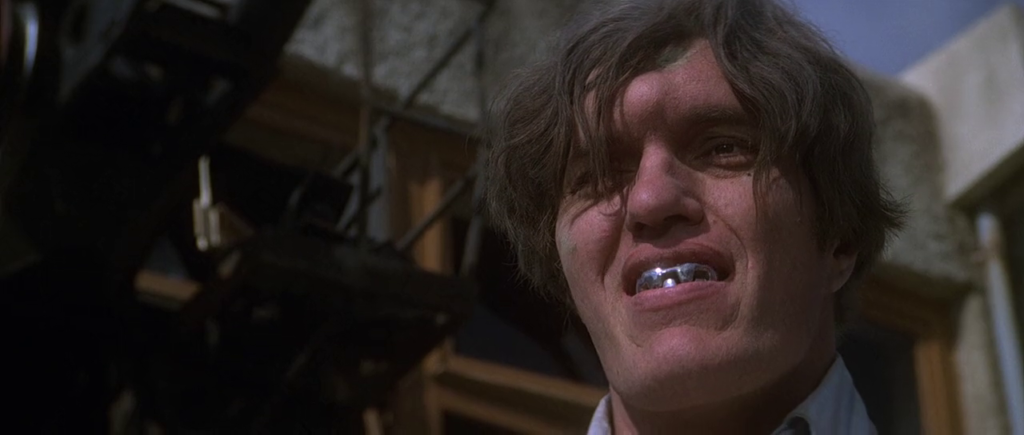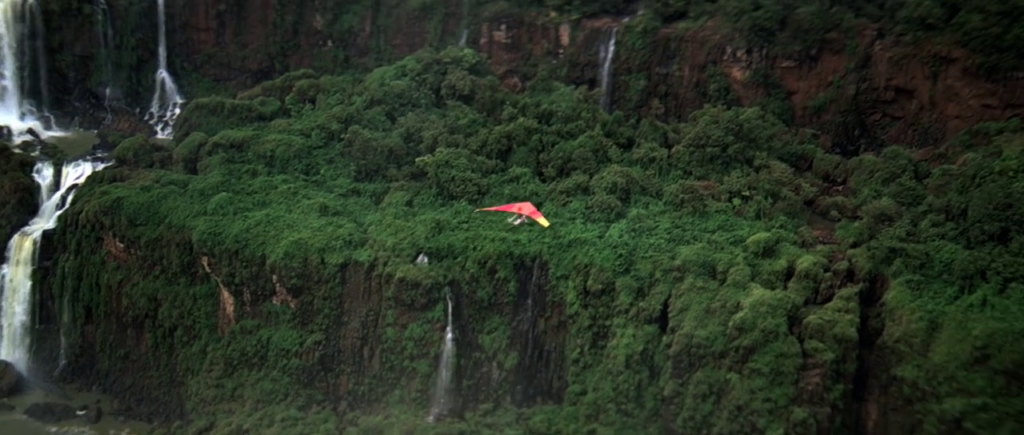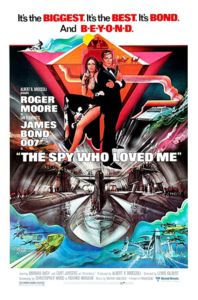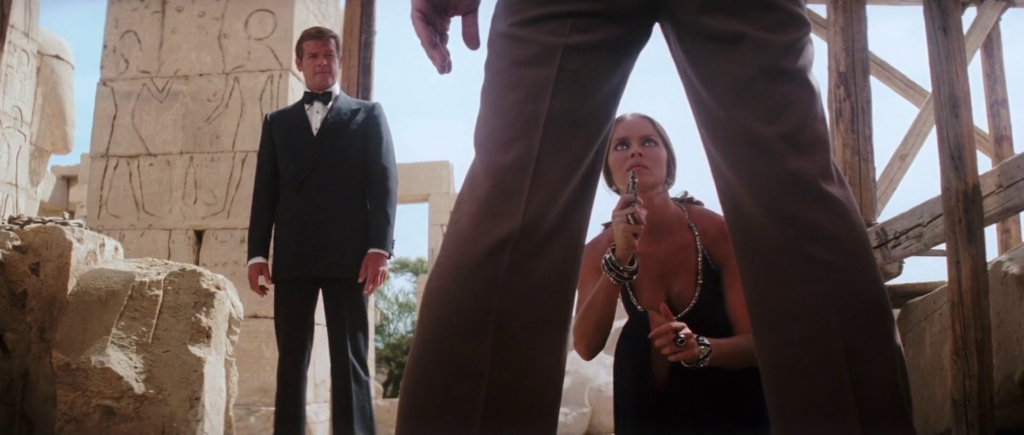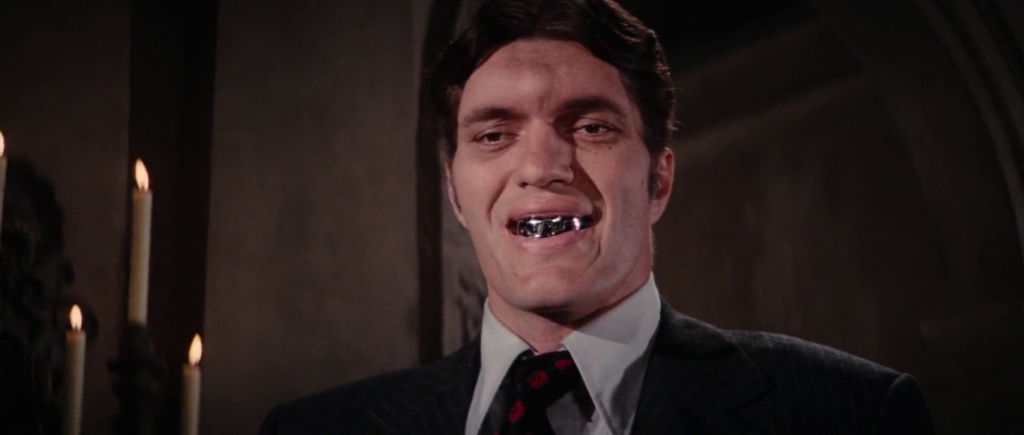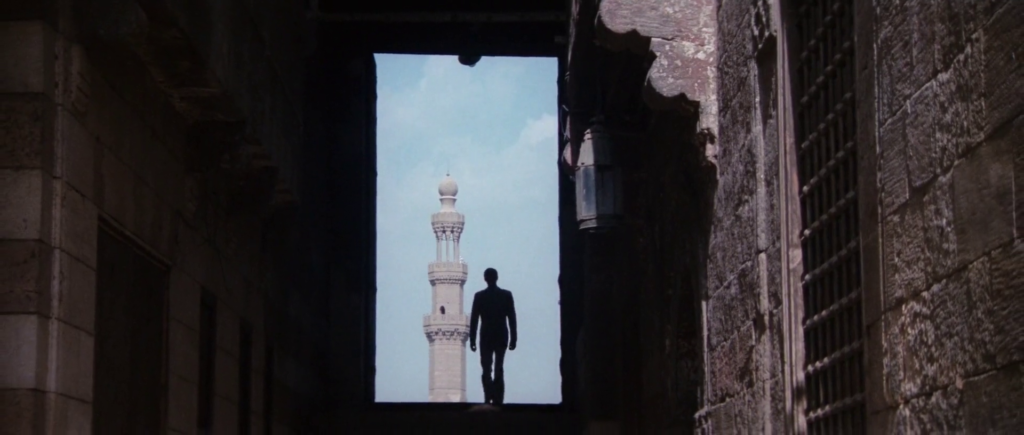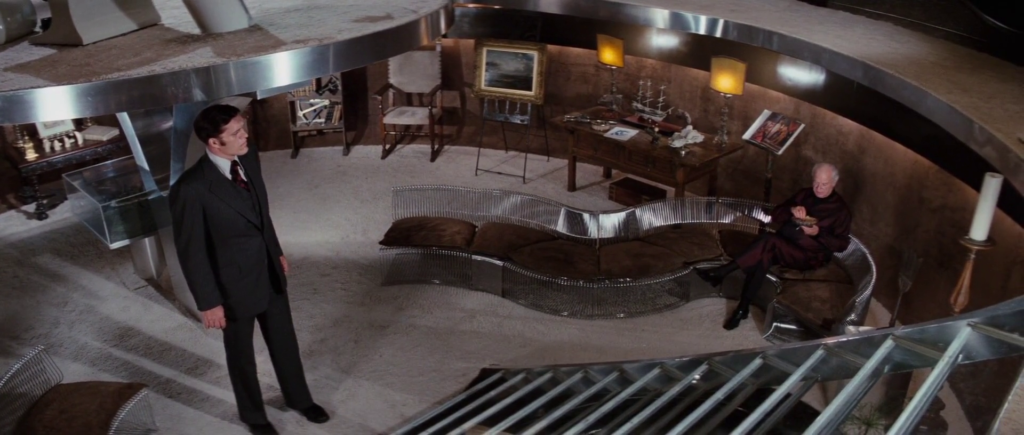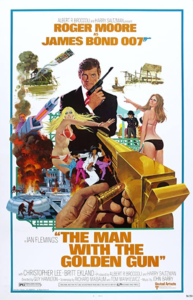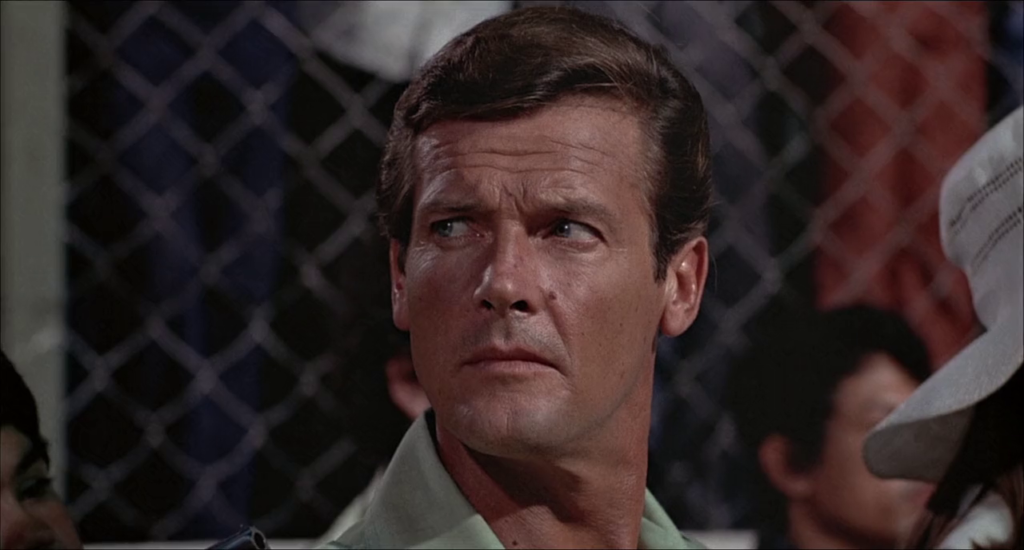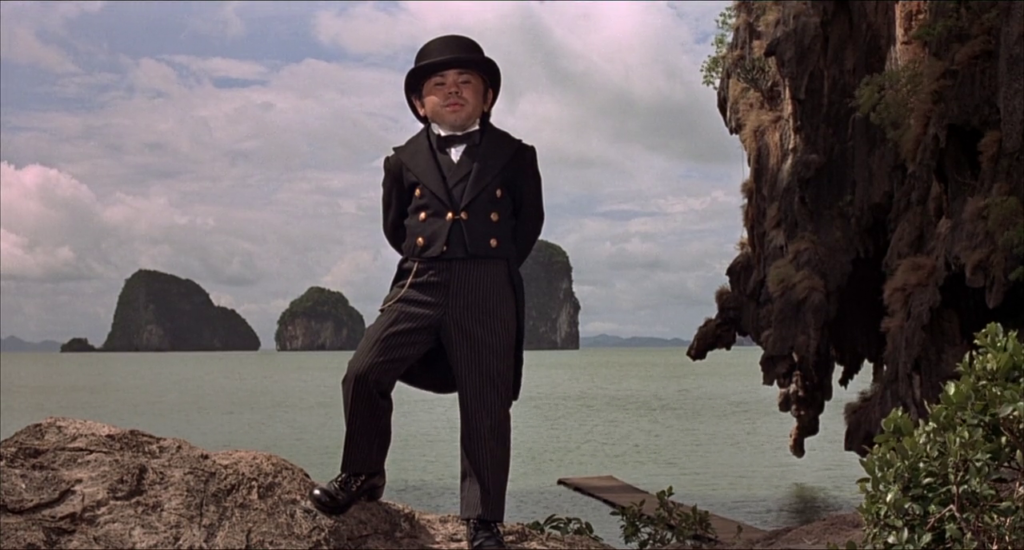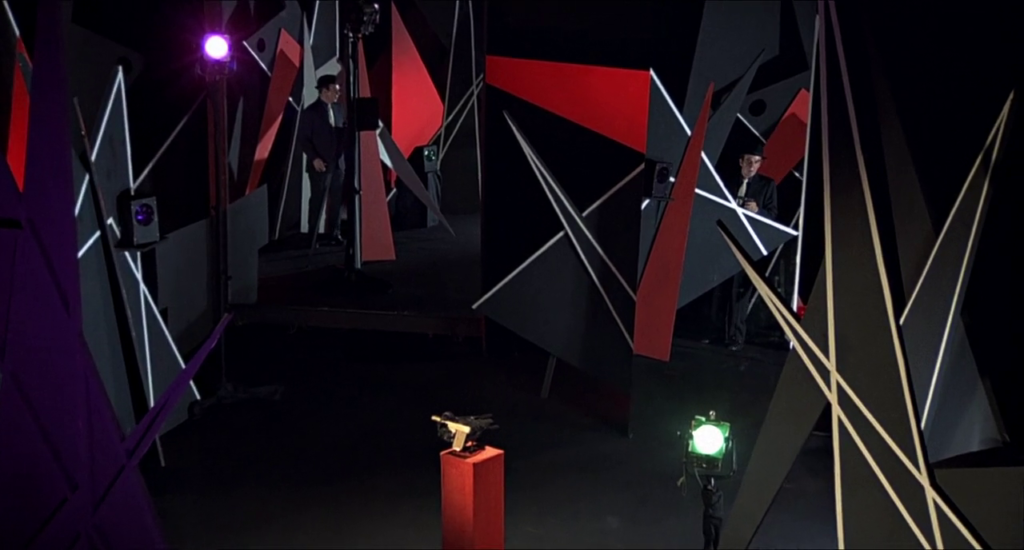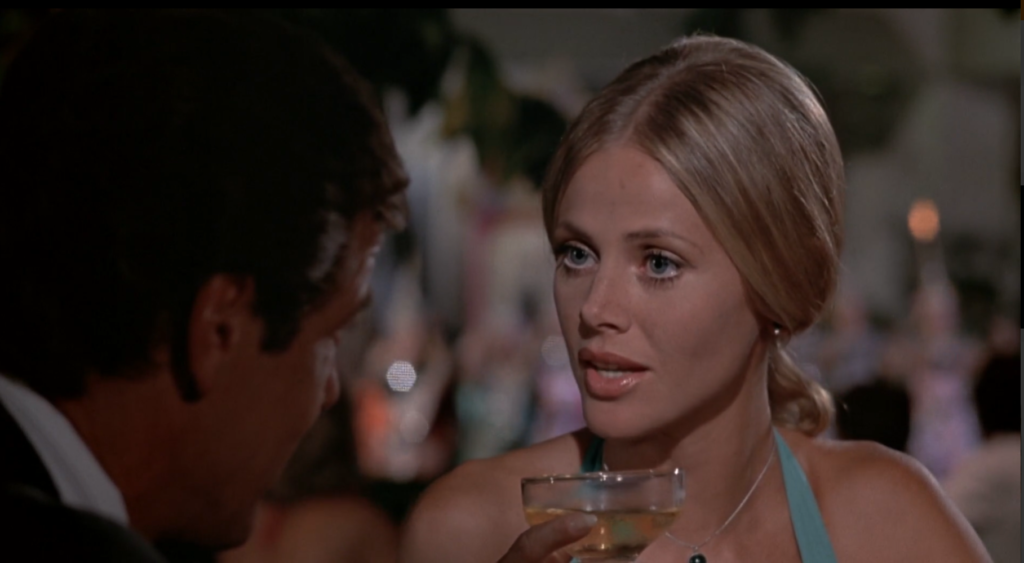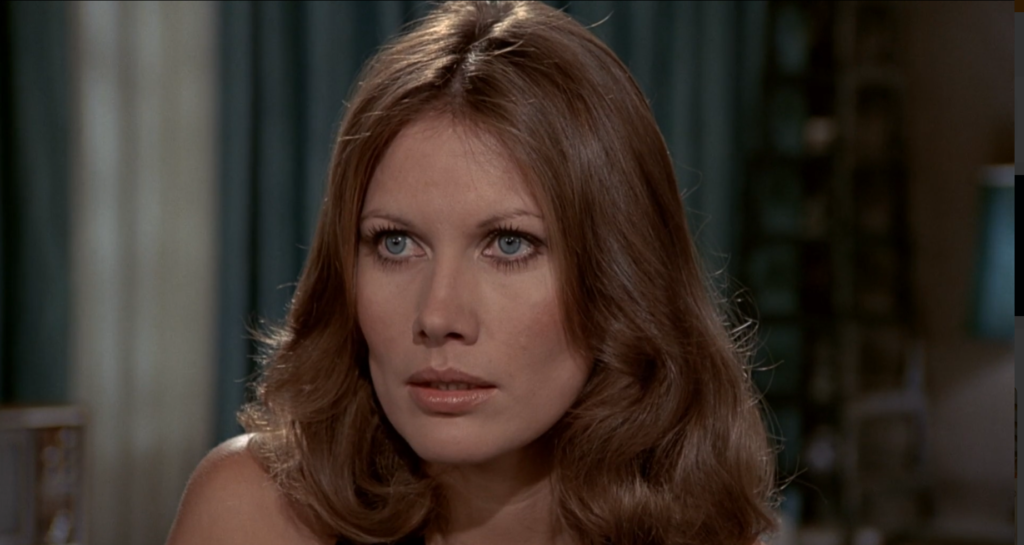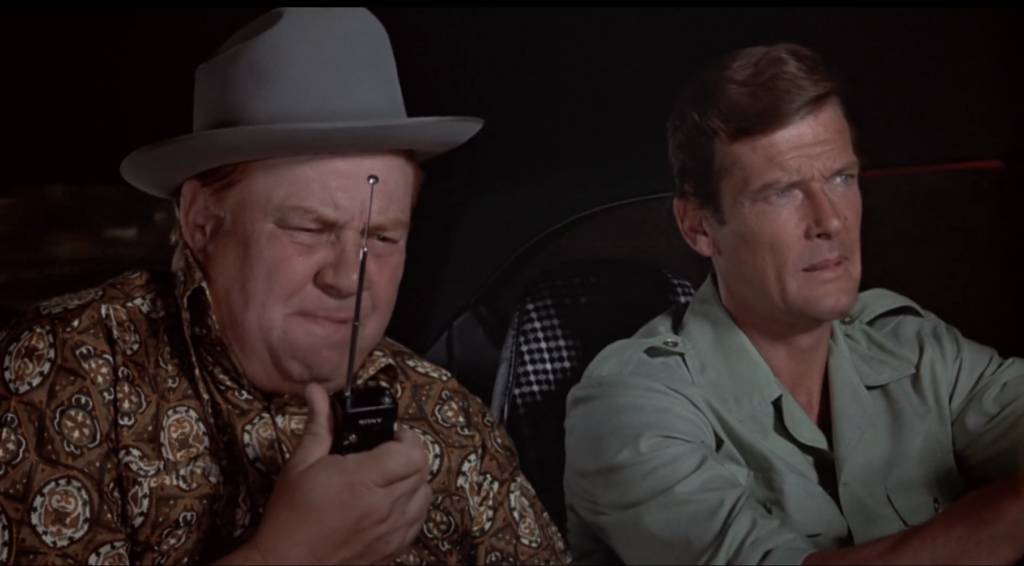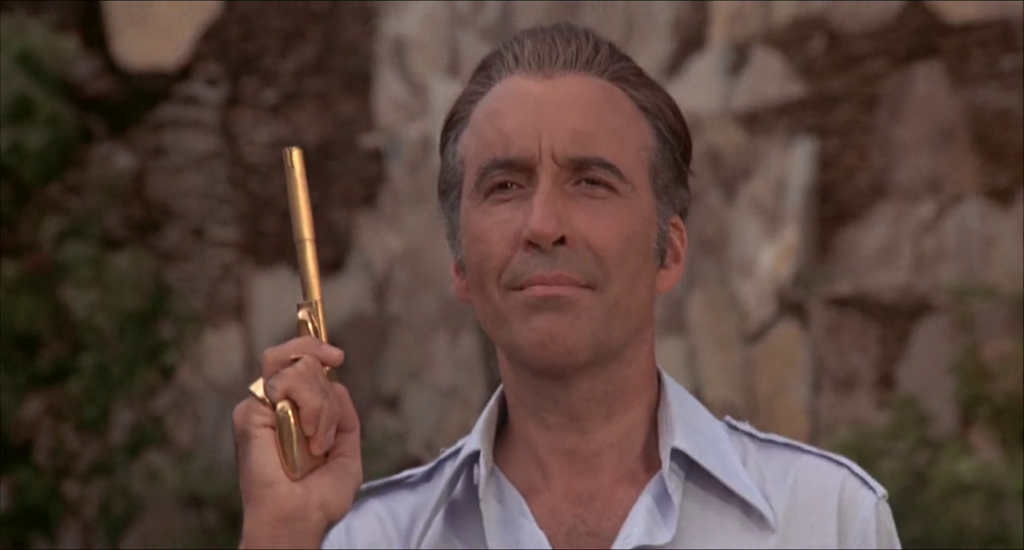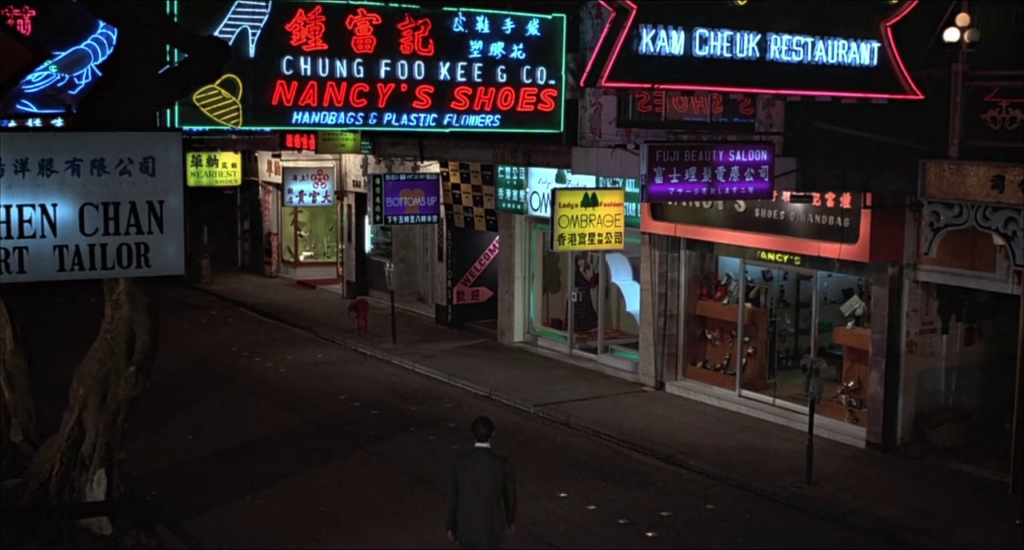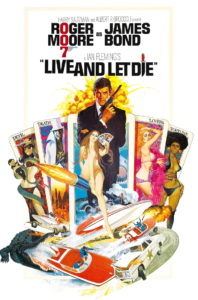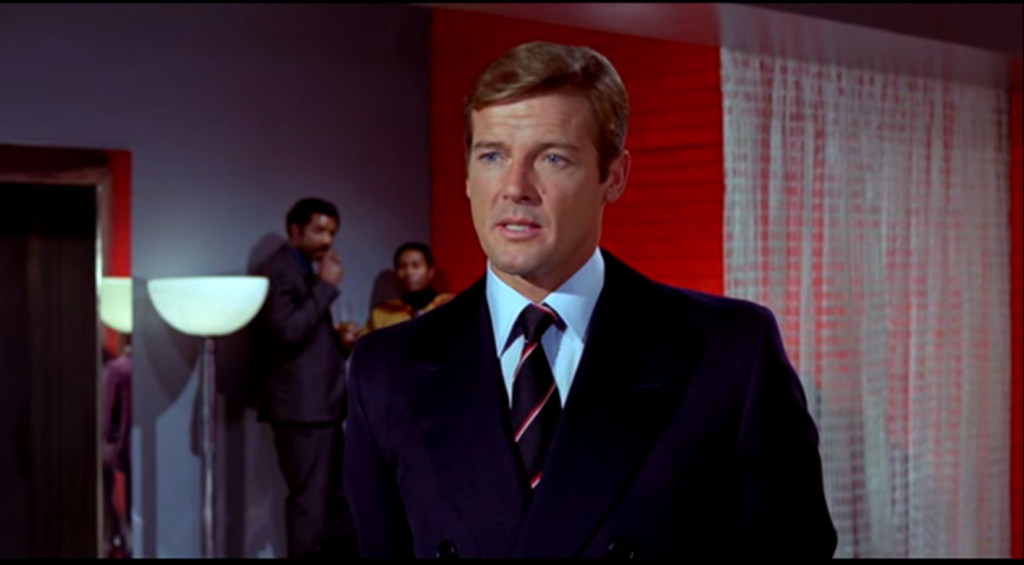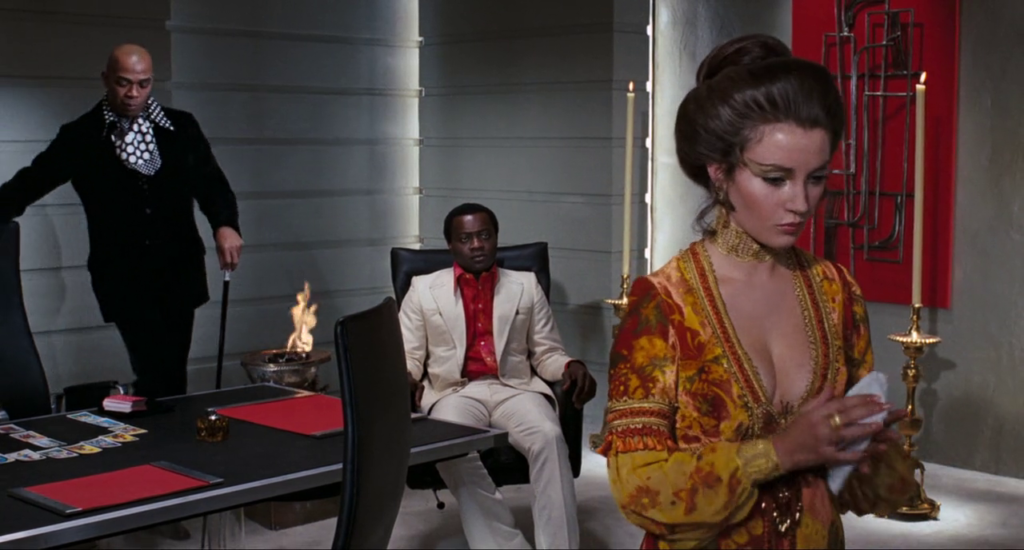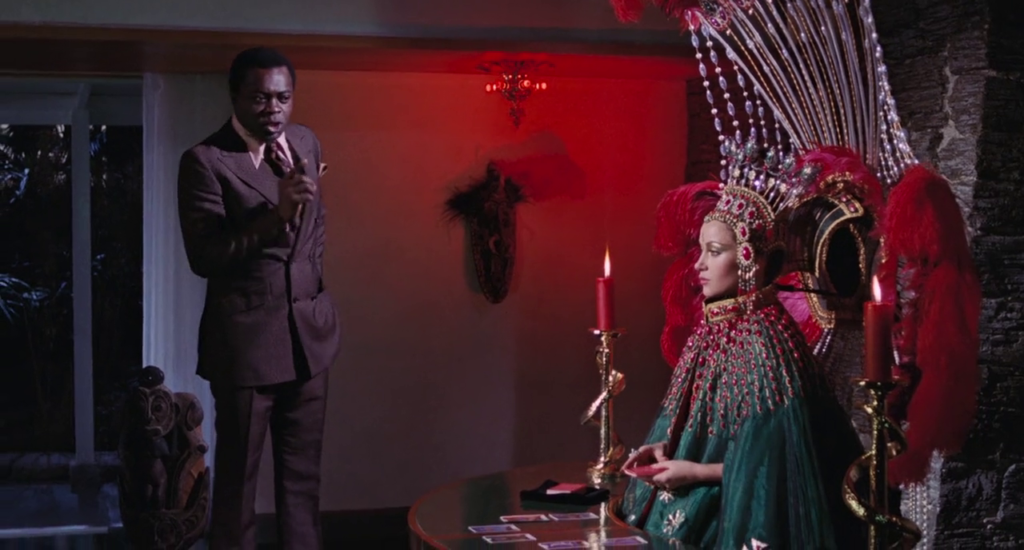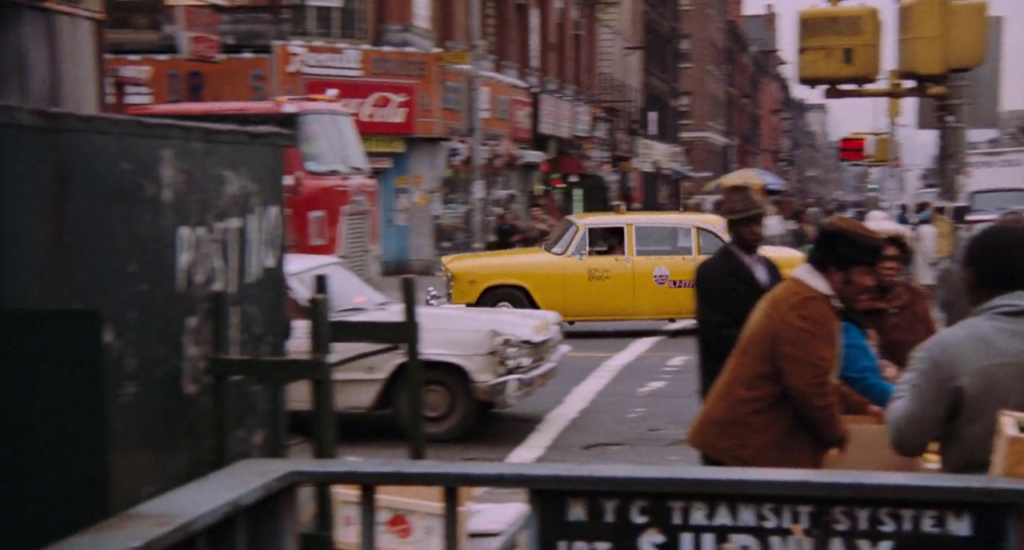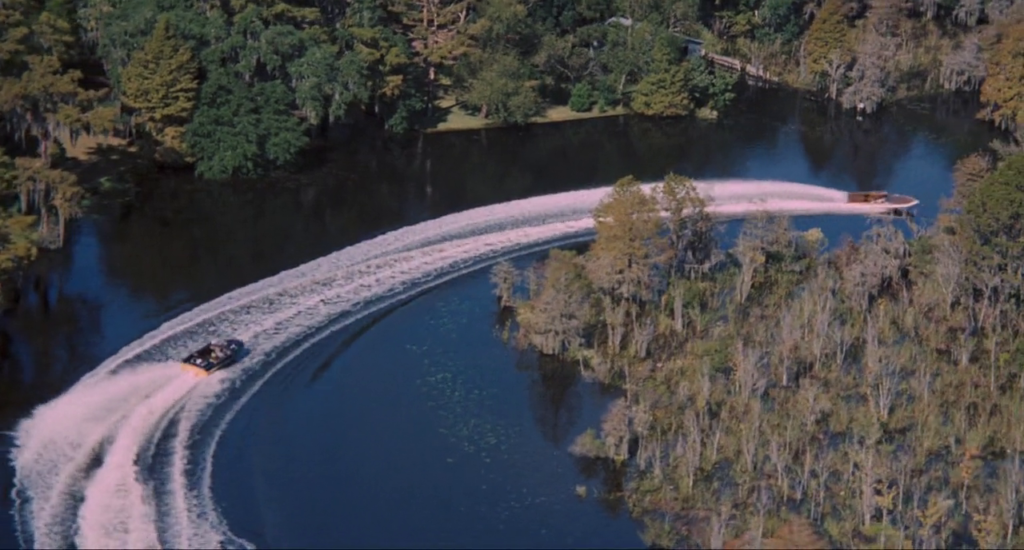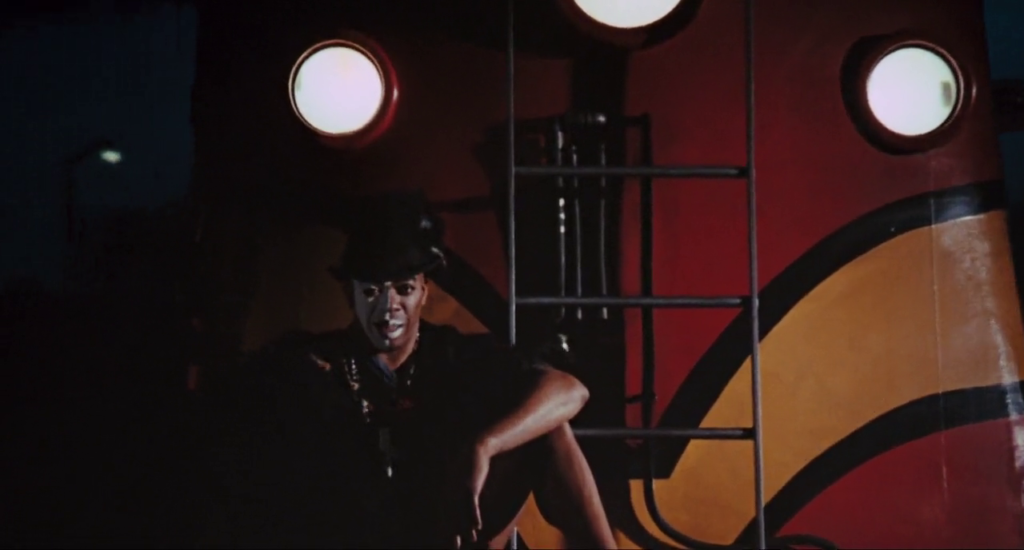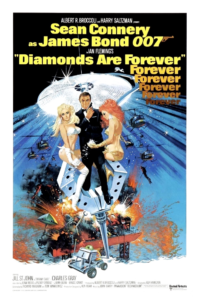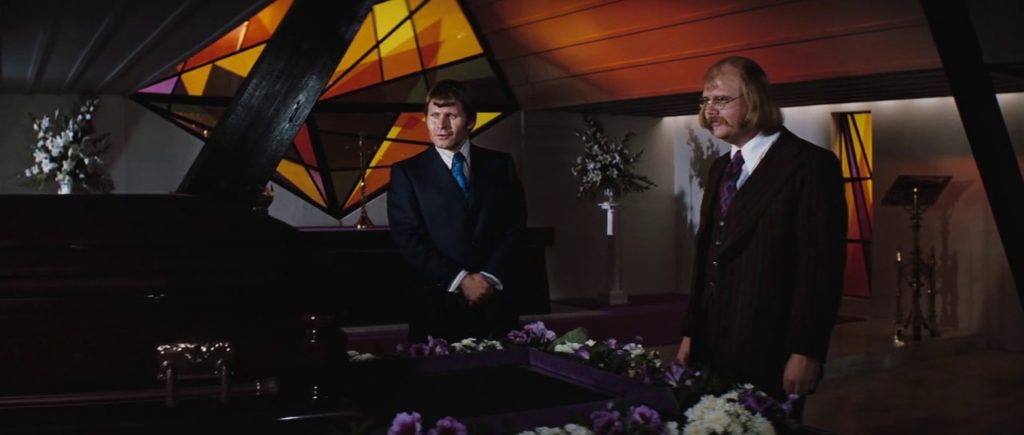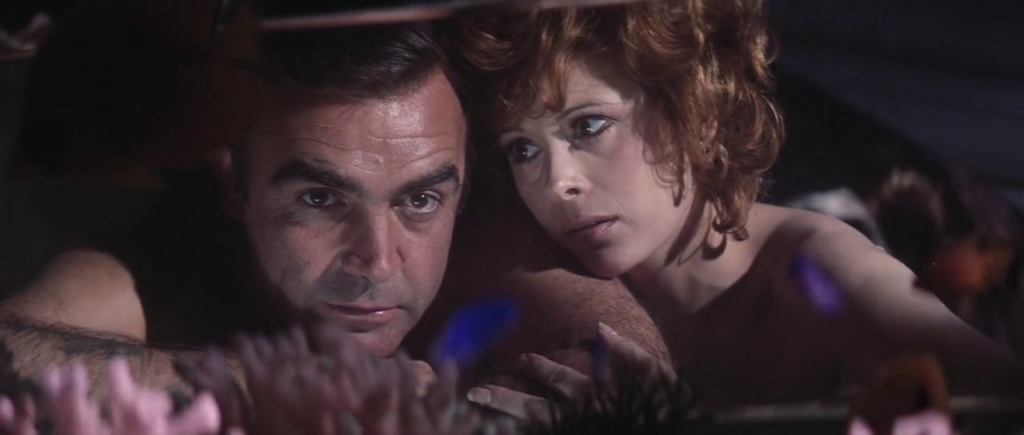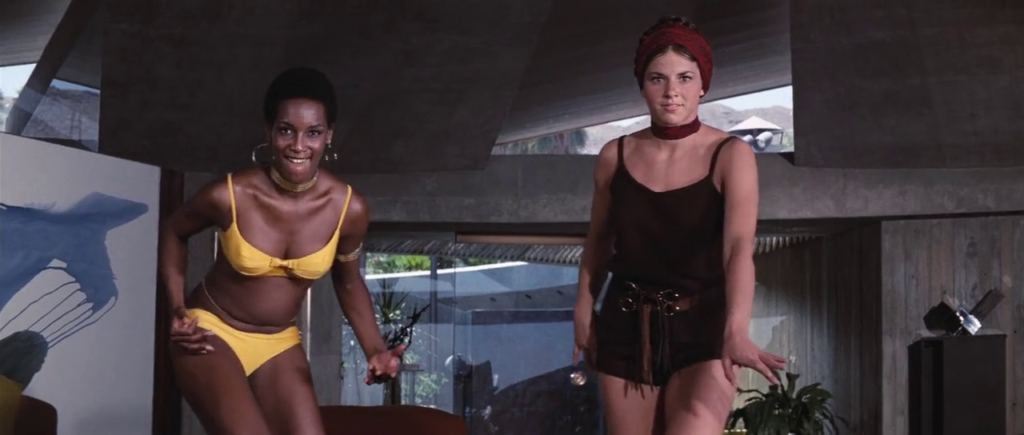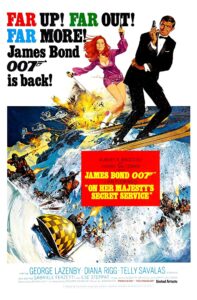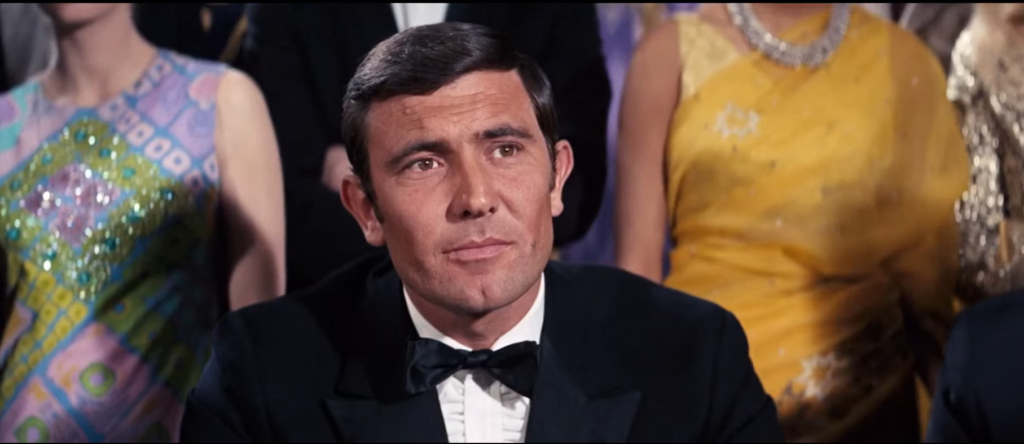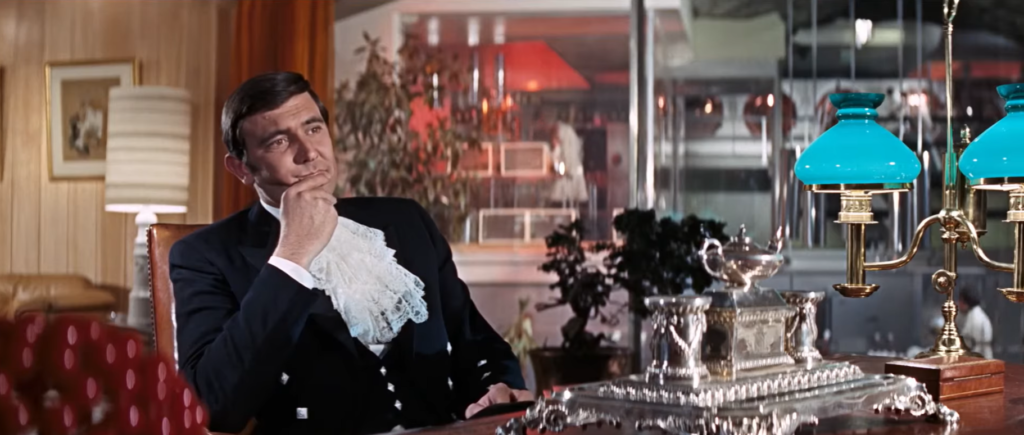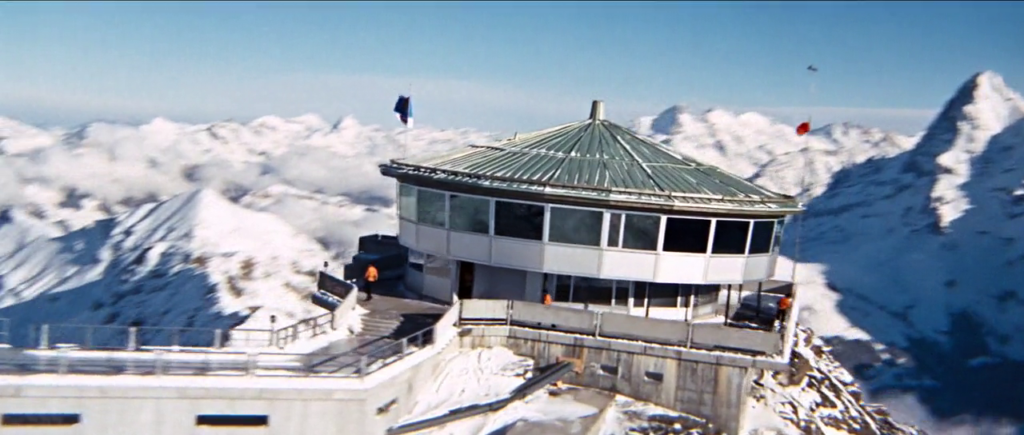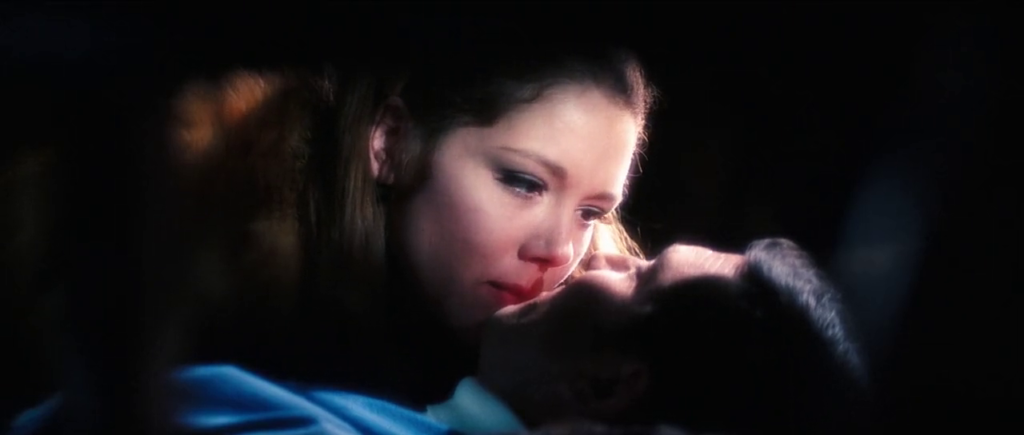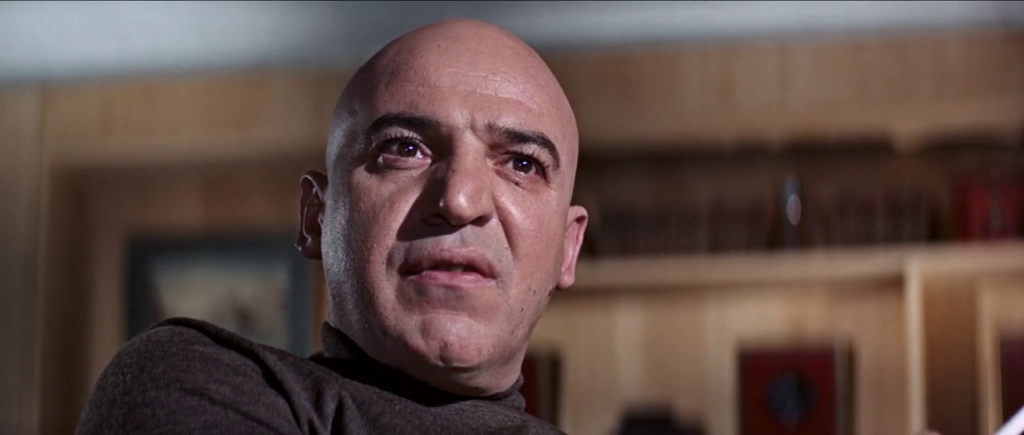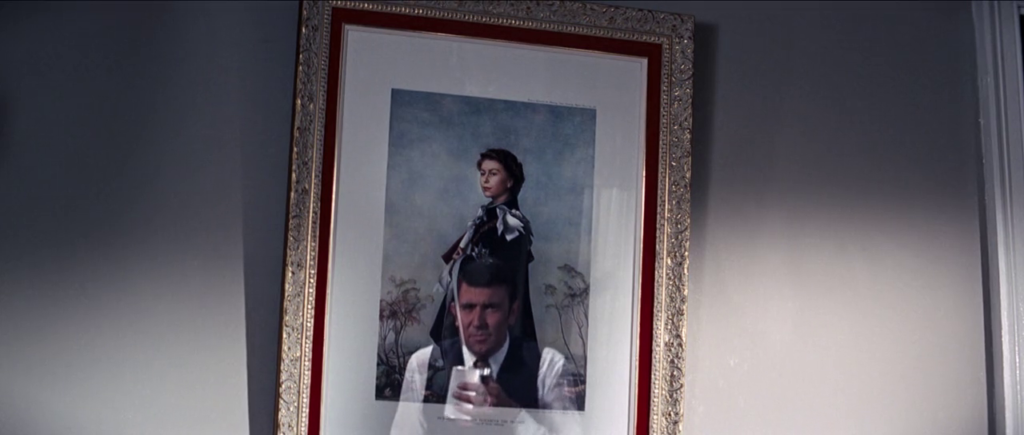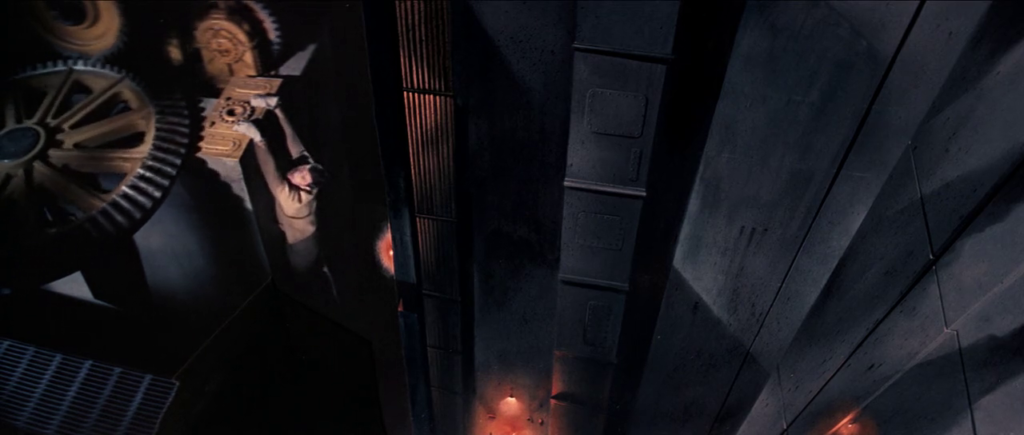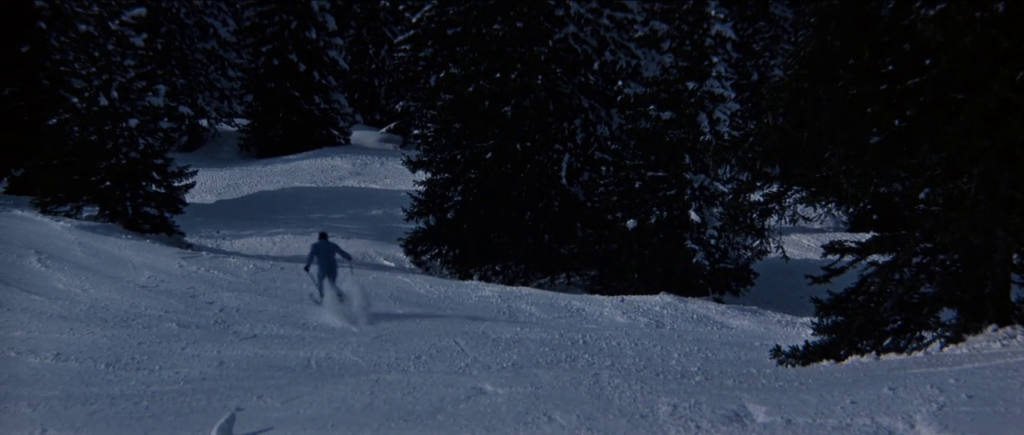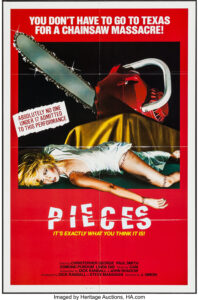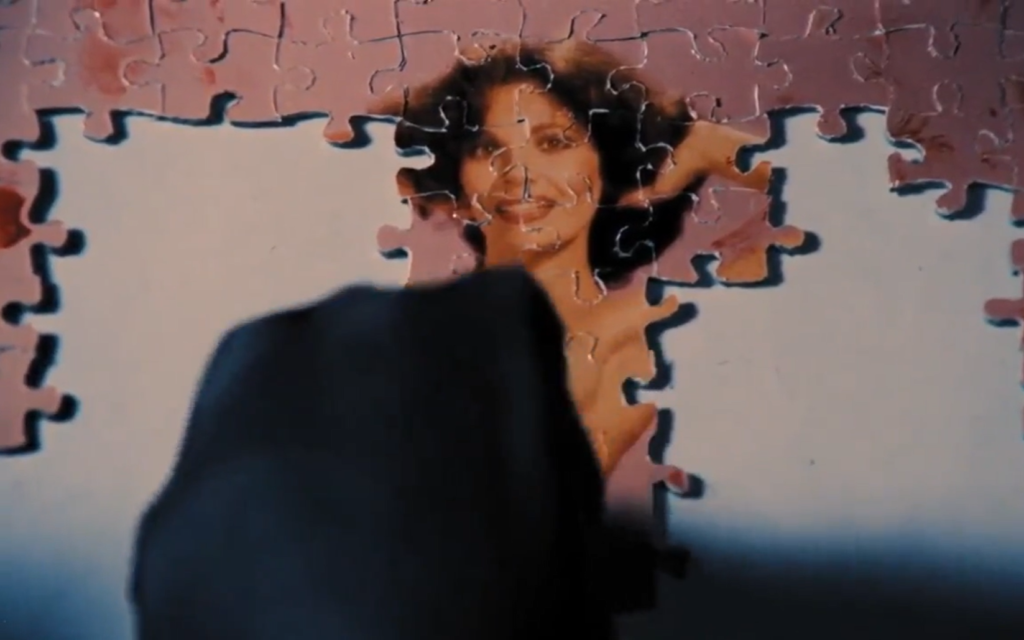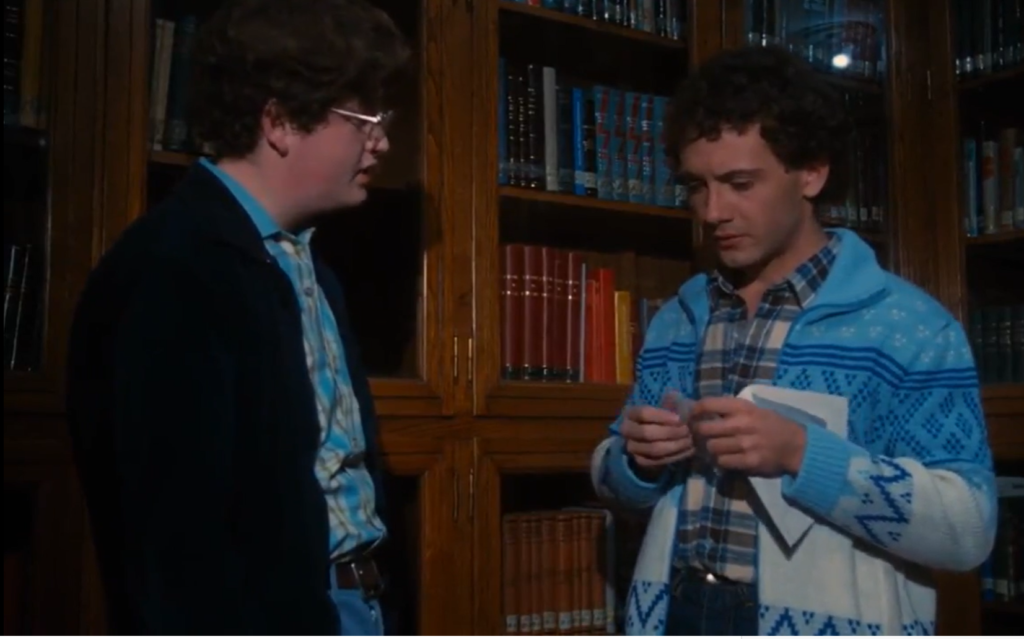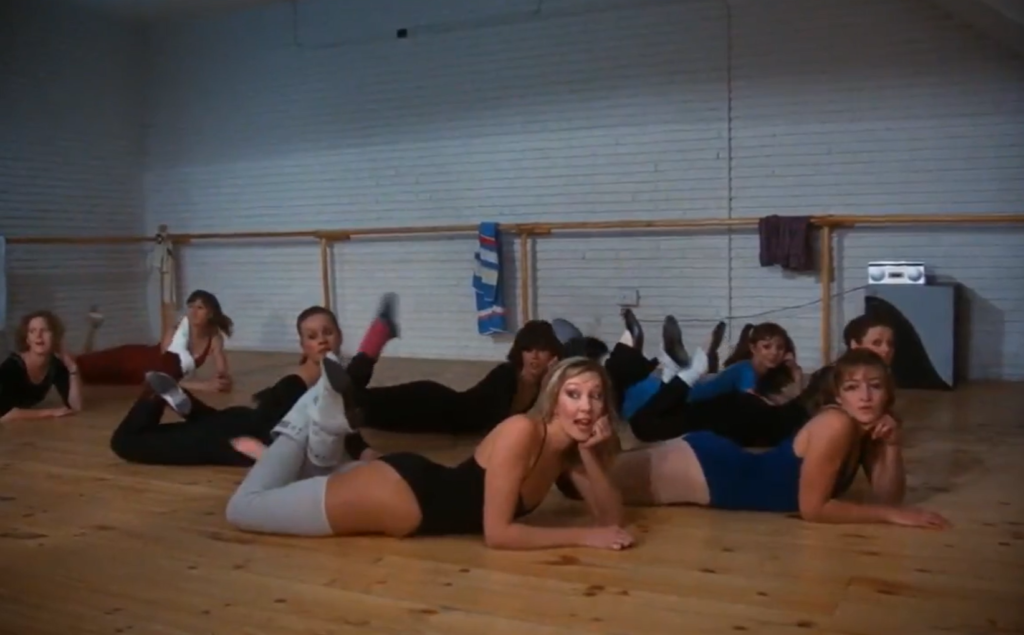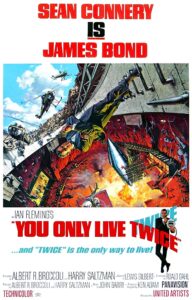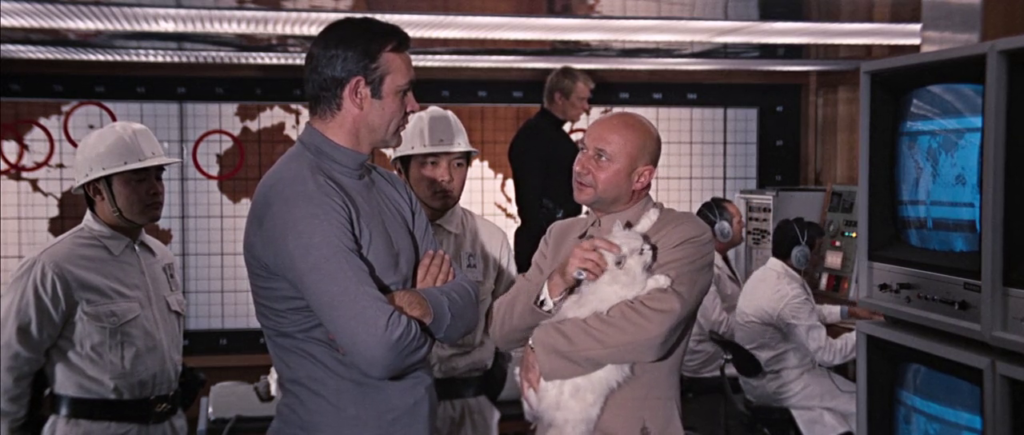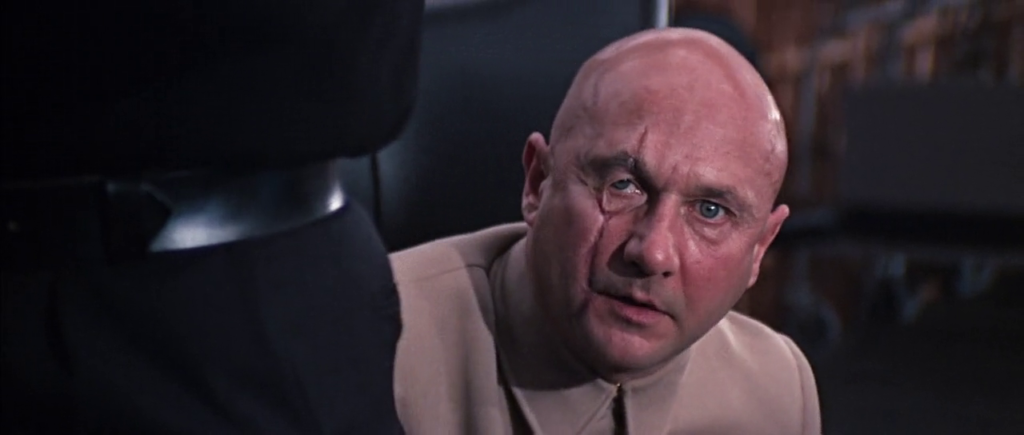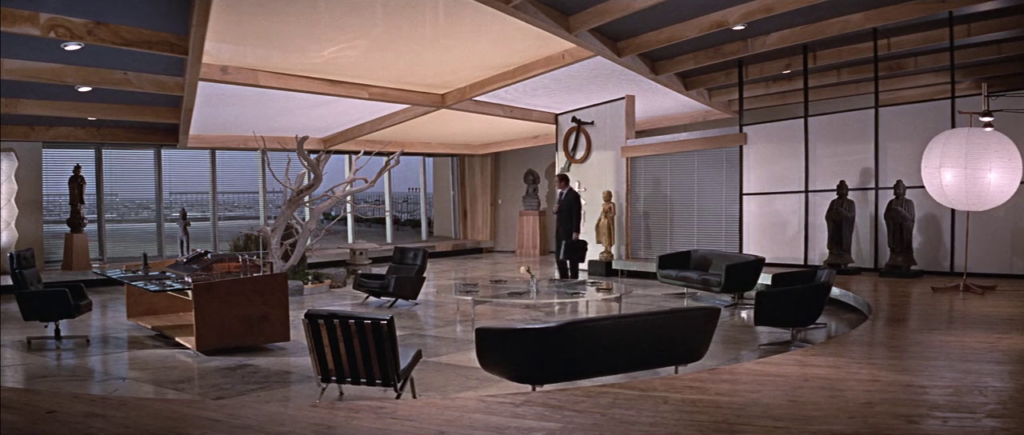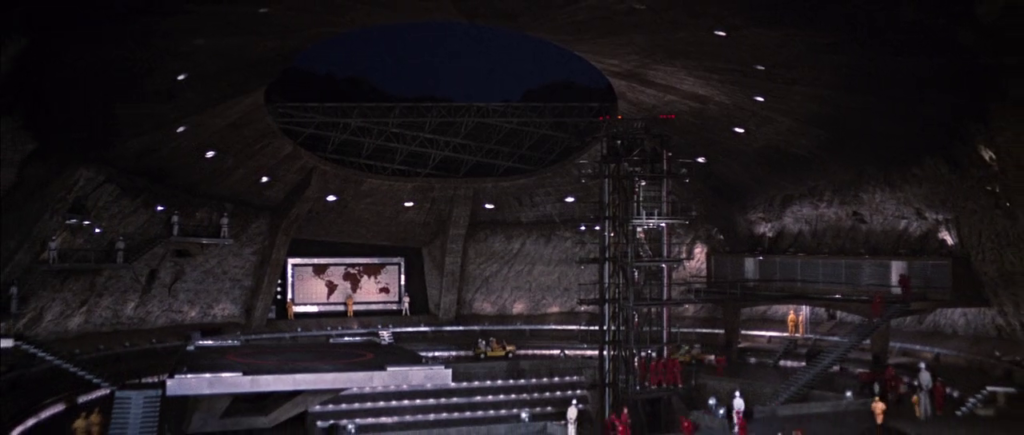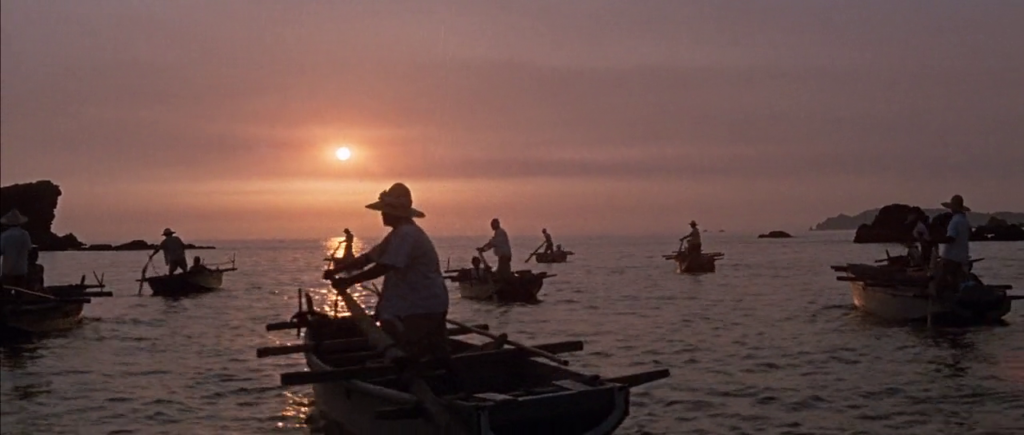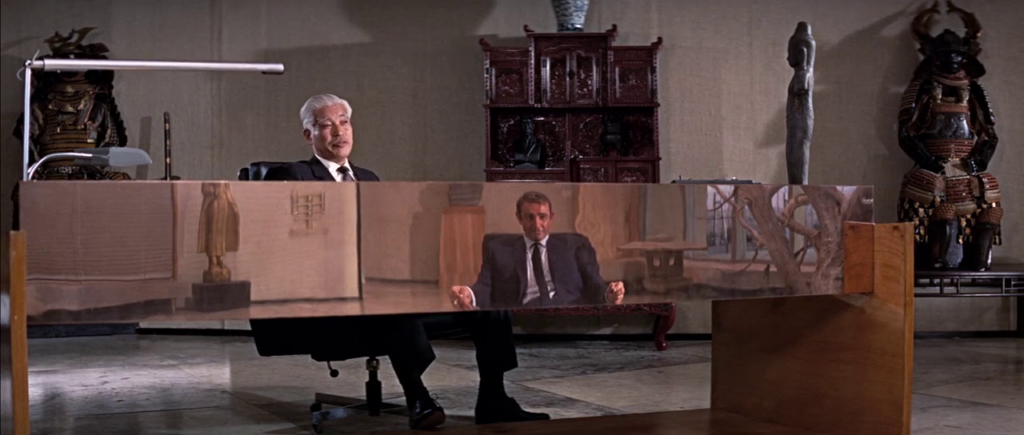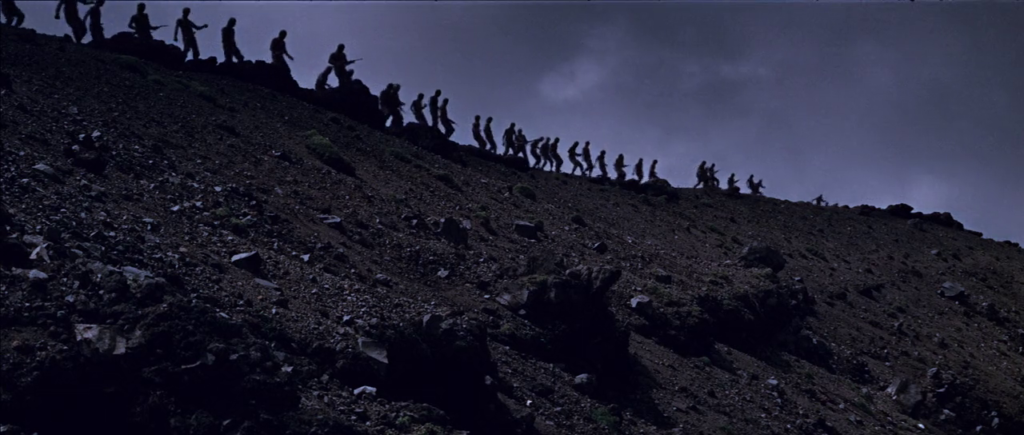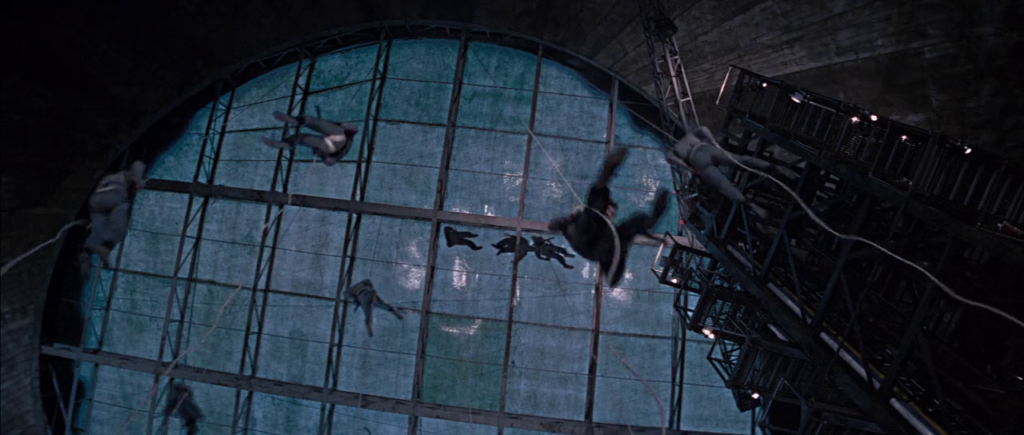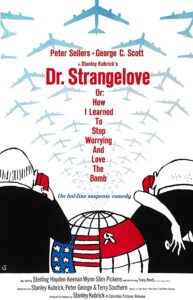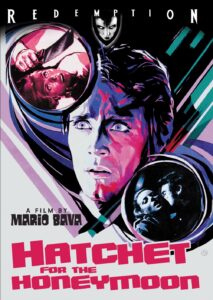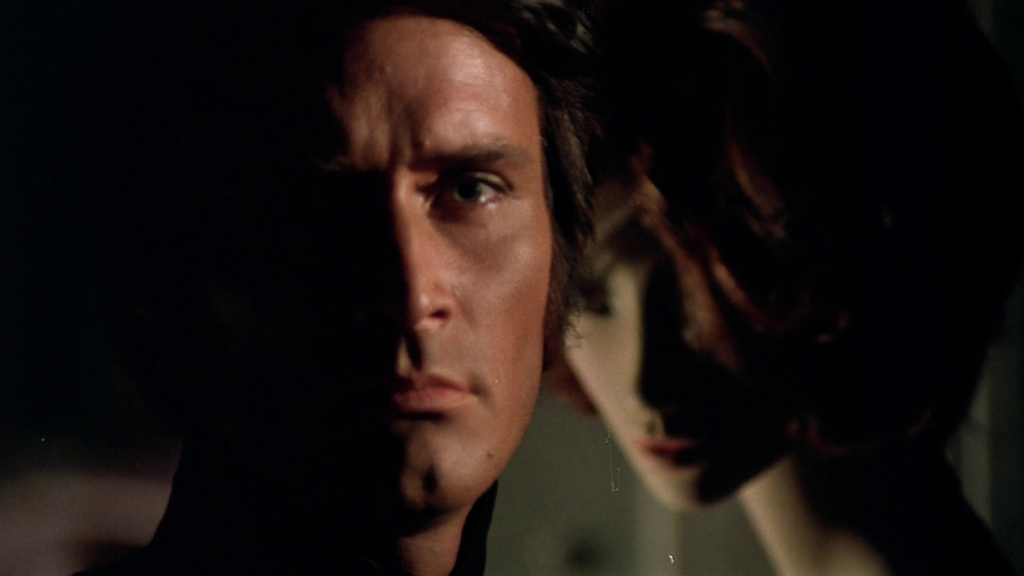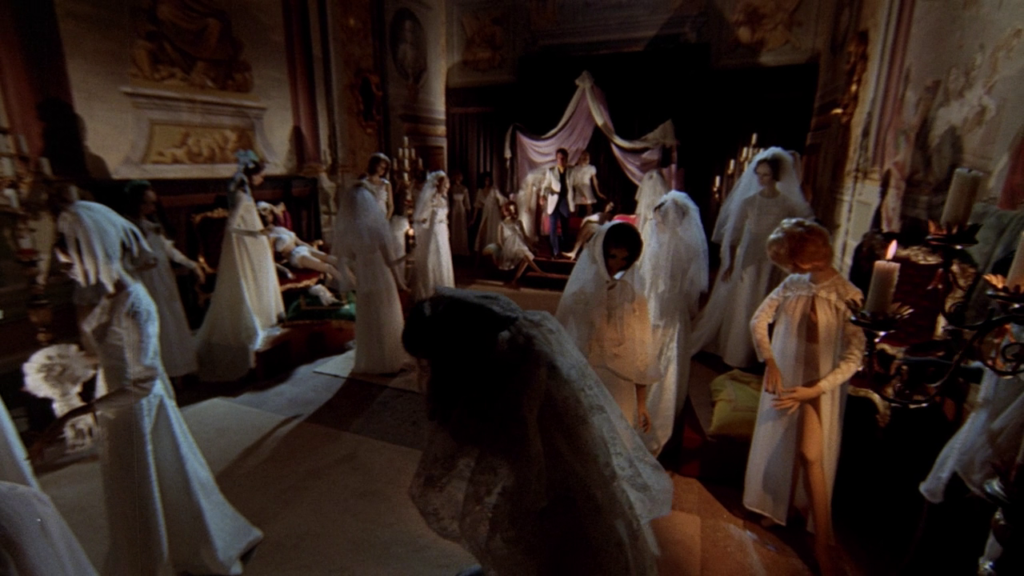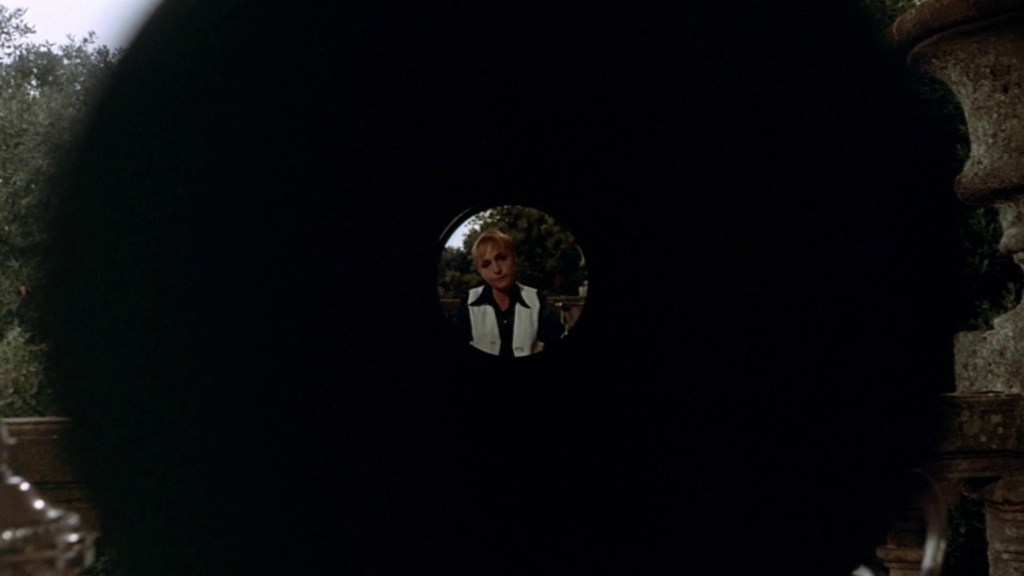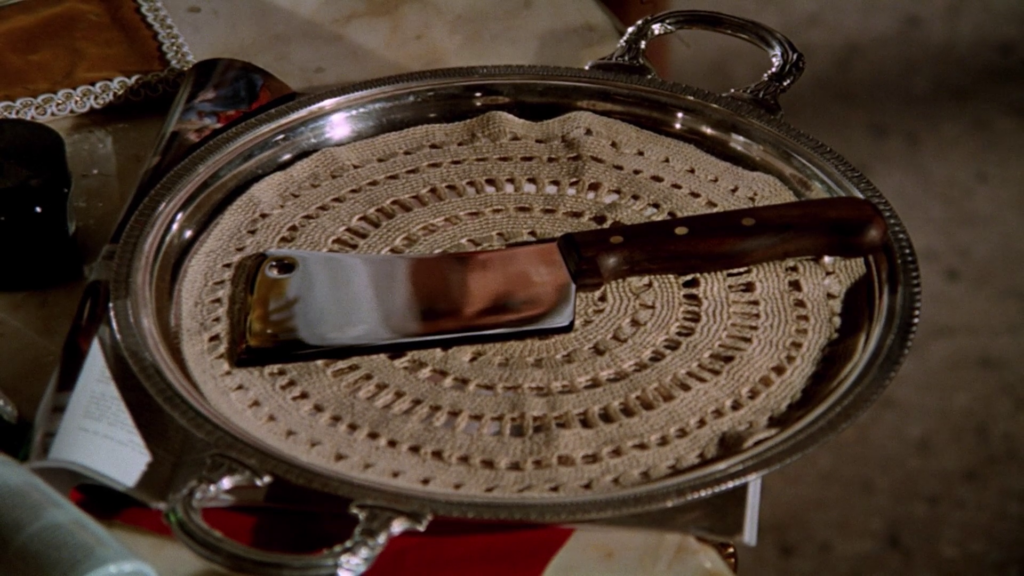|
Genres, Themes, Actors, and Directors:
- Black Comedy
- Cold War
- George C. Scott Films
- Keenan Wynn Films
- Living Nightmare
- Military
- Nuclear Threat
- Peter Sellers Films
- Stanley Kubrick Films
- Sterling Hayden Films
Response to Peary’s Review:
Peary writes that this “classic nightmare comedy” by Stanley Kubrick is “so funny because, as ludicrous as the characters and events are, there is nothing in this picture that is beyond the realm of possibility.” He notes that “perhaps we are laughing at ourselves (instead of worrying) for living in a world whose fate is controlled by buffoons” such as Jack D. Ripper (Hayden), who “orders U.S. bombers to conduct a nuclear attack on Russia” because he believes “the communists have poisoned the water supply,” thus leading to “his sexual proficiency” diminishing. Peary’s GFTFF review of this cult classic is surprisingly short and somewhat dismissive — he actually writes, “Watching the film today, I grow impatient with most of the scenes outside the war room” — so I will turn instead to his much more extensive (and laudatory) overviews in Cult Movies 3 and Alternate Oscars, where he names the film Best Movie of the Year and Peter Sellers Best Actor of the Year.
In Alternate Oscars, he writes that “the period’s most controversial film” was “both vilified and praised for being the first satire that dared attack (in both comical and serious ways) the nuclear irresponsibility of America’s politicians and military leaders”, and “spoke for the entire paranoid generation.” He points out that “today, the film is even more timely” — and “as long as there remains the very real threat of someone starting a nuclear war, Dr. Strangelove will be our best comic release.”
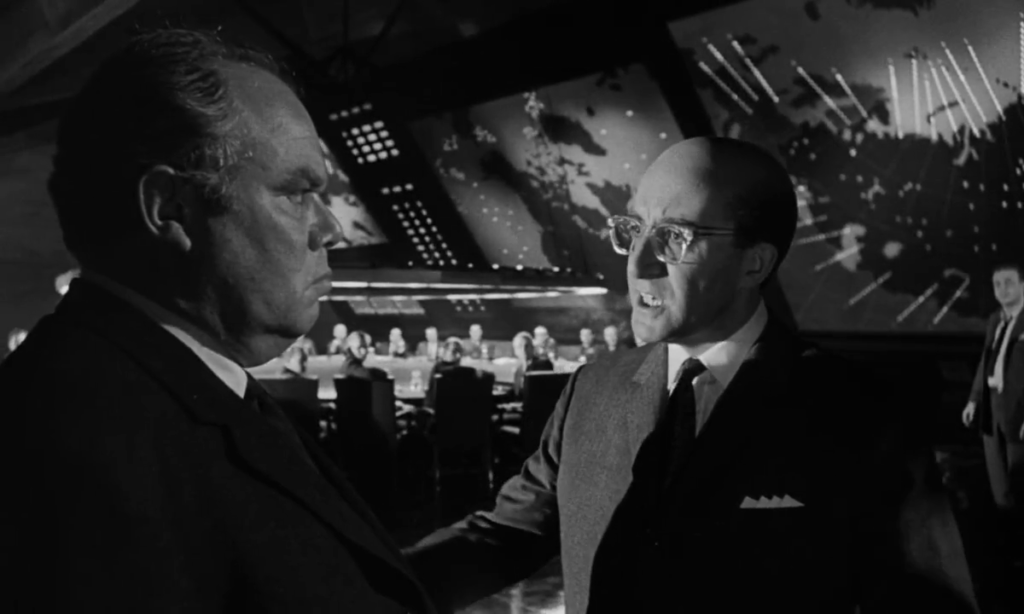
He goes into detail about the film’s now-well-known production history, including its shift away from “the more serious tone of the source novel” Red Alert, noting that “Kubrick decided that all the absurd things he was keeping out of his script were the most truthful” — so “with the help of Terry Southern and star Peter Sellers, who devised three comic characterizations, Kubrick vented his rage by making his story and the characters who populated it outrageous.” Peary points out that Kubrick “introduces a sexual subtext into the story, making the point that playing power politics and making war are male games, extensions of our leaders’ sex lives”, and adds that in Kubrick’s films, “men have become prisoners of science, an extension of its fallible machines.”
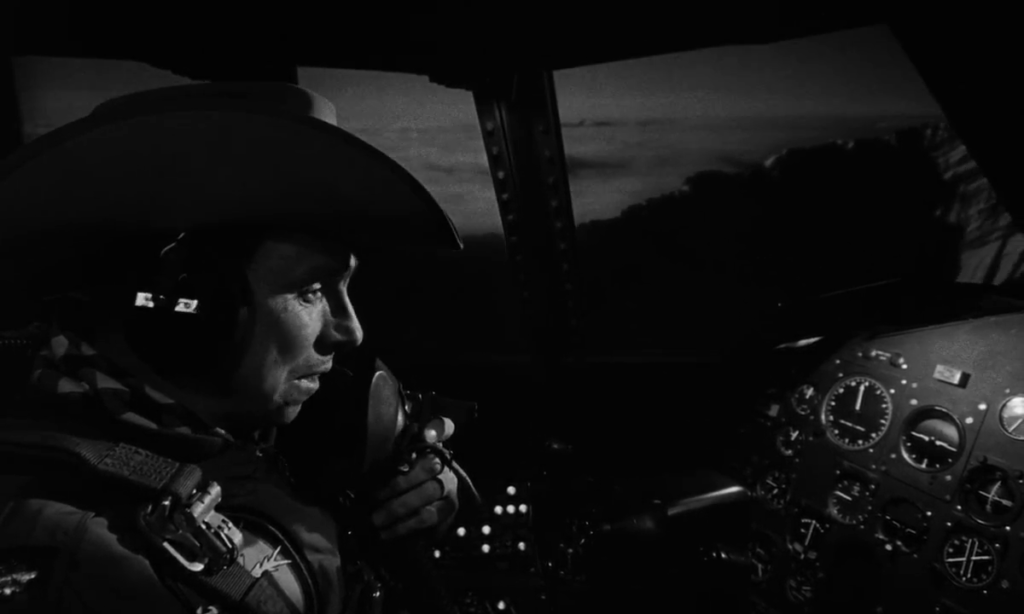
In Cult Movies 3, Peary writes that “Peter Sellers is so prominent in Dr. Strangelove that it’s easy to forget the vital contributions of Hayden and Scott.” He writes, “With his booming voice and strong physical presence… Hayden is an extremely frightening, imposing figure”; if you “look into [his] face… you’ll know there’s no way he’ll listen to anyone.”
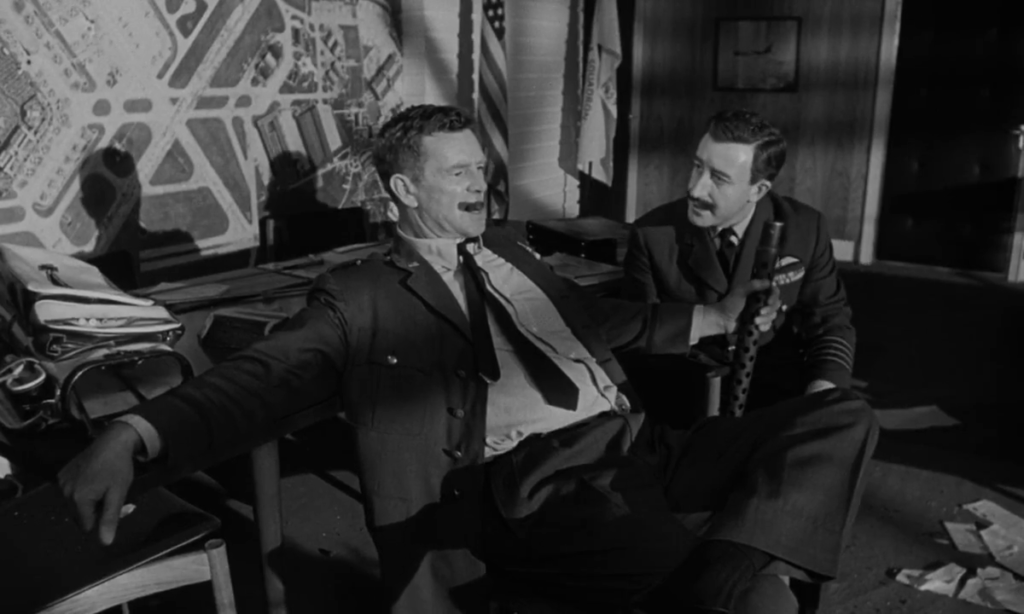
Meanwhile, “with his array of stupid expressions, flaring eyebrows and sneaky yet twinkling eyes, and embarrassed, guilty voice, [George C.] Scott is genuinely hilarious.”
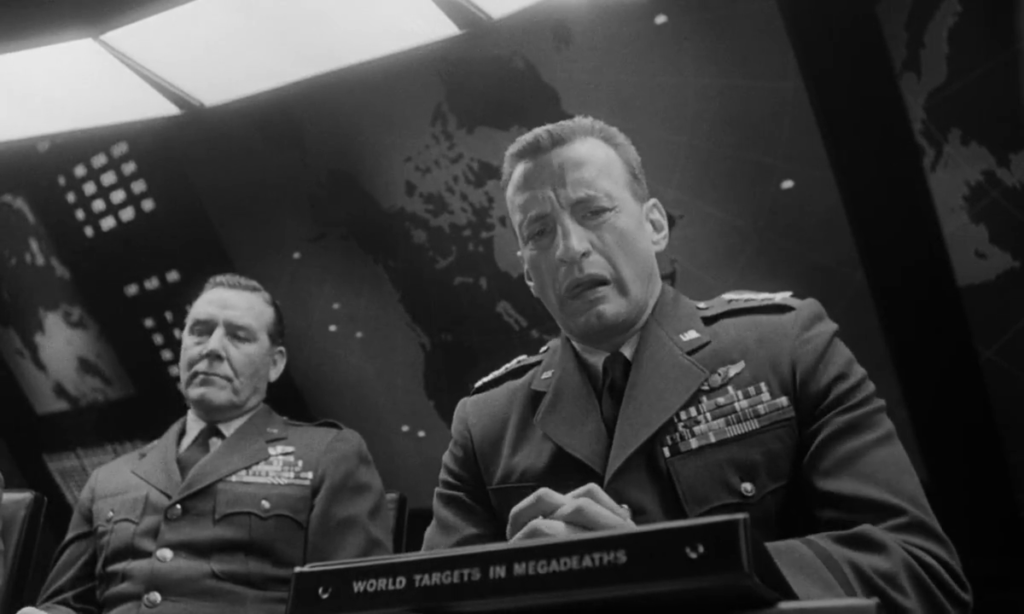
Regarding Sellers himself, Peary refers to him simply as “marvelous” and notes key highlights of each of his characterizations. As Mandrake, Sellers is “very British”, “a cross between Trevor Howard-David Niven RAF officers and a very subdued and subtle Terry-Thomas”, someone who is “quite humble” and “the only character with intelligence.” When playing bland President Muffley — a “fifties-style [Adlai] Stevenson Democrat” — Sellers’ “finest screen moment is his classic phone conversation with [Russian Prime Minister] Kissoff, a Bob Newhart-like routine in which he talks in a wheedling tone, as if he were trying to convince a 5-year-old child to accept an emergency collect call.” Finally, as Dr. Strangelove, he “has extraordinary impact” despite not having “enough screentime”: “With that slimy fixed smile, thick German accent, dark glasses, double chin, gloved hand… and ugly misshapen hair…, his grotesque version of Wernher von Braun is one of the most horrific figures in movie history,” and “certainly fits the tradition of mad (often crippled) German scientists that dates back to the silent era.”
Redeeming Qualities and Moments:
- Peter Sellers as Group Captain Lionel Mandrake, President Merkin Muffley, and Dr. Strangelove
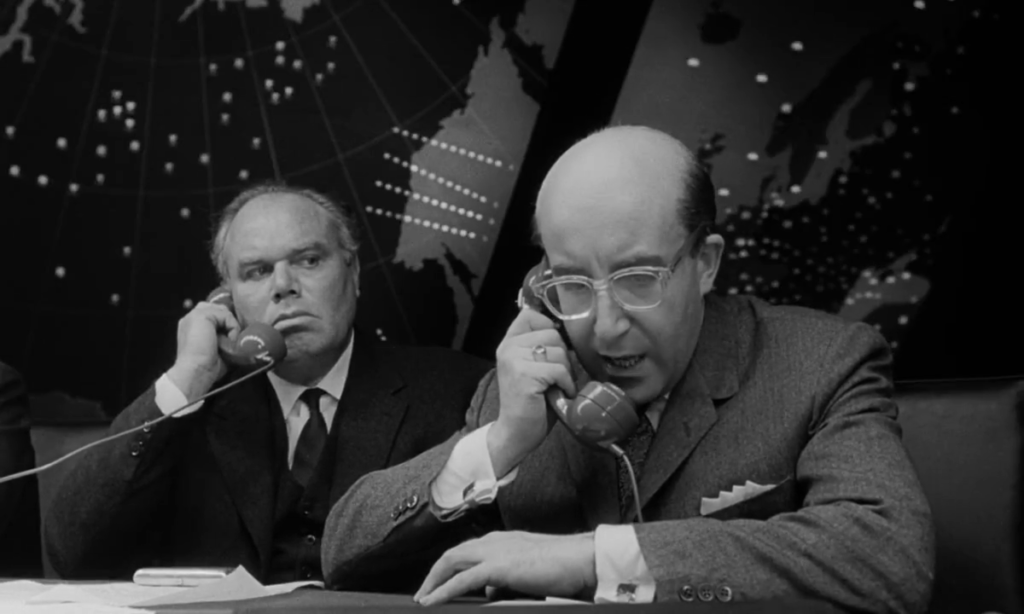
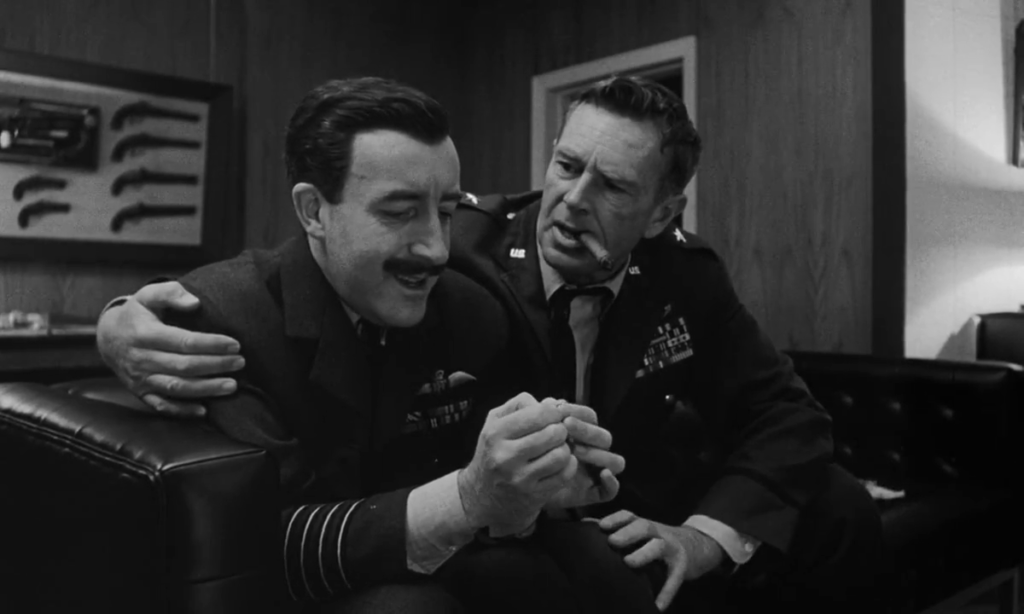

- Sterling Hayden’s “frighteningly hilarious portrayal” as Jack D. Ripper
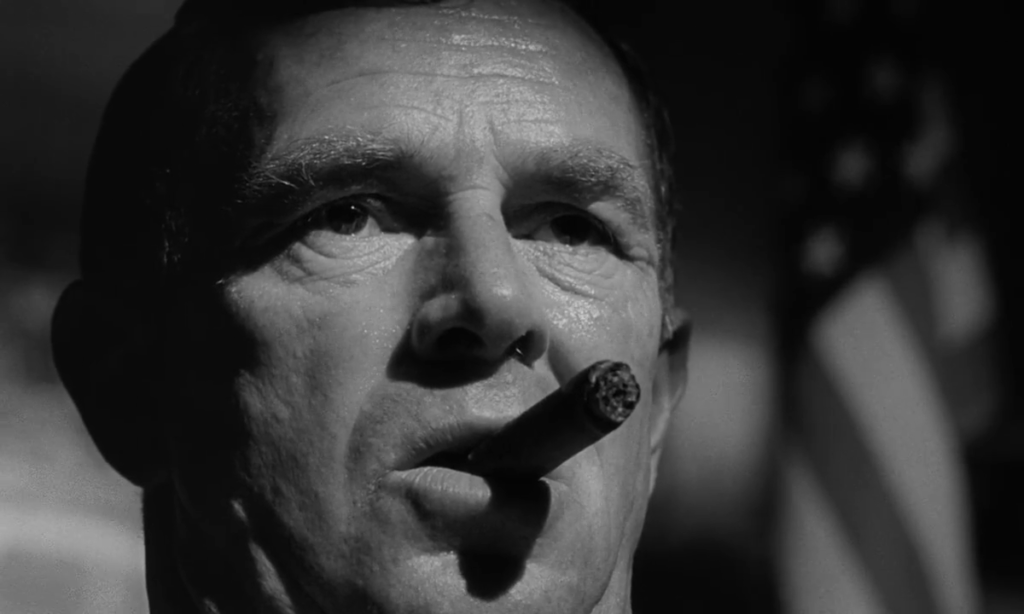
- George C. Scott as General Buck Turgidson
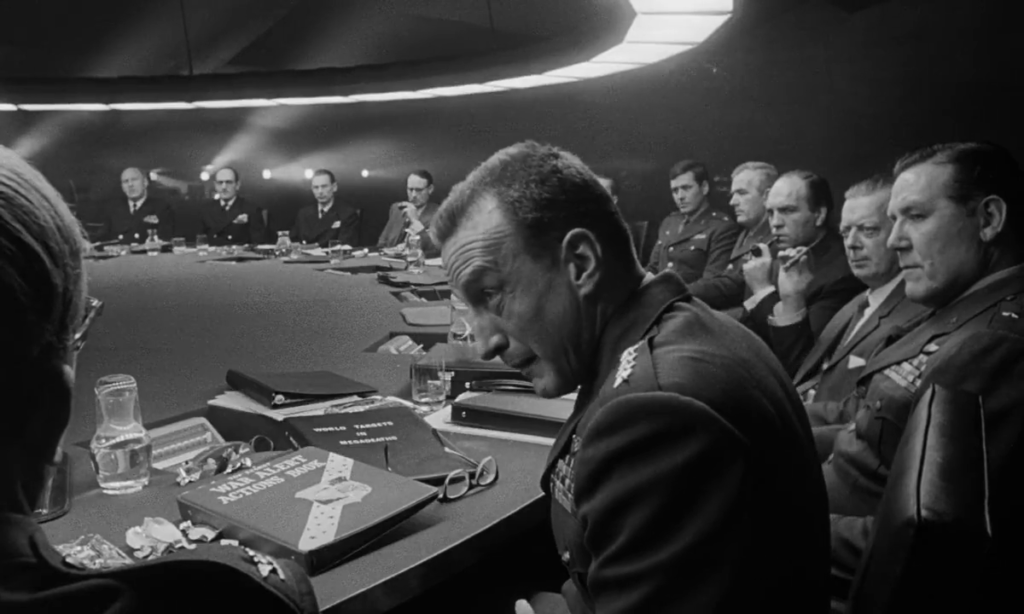
- Ken Adam’s sets
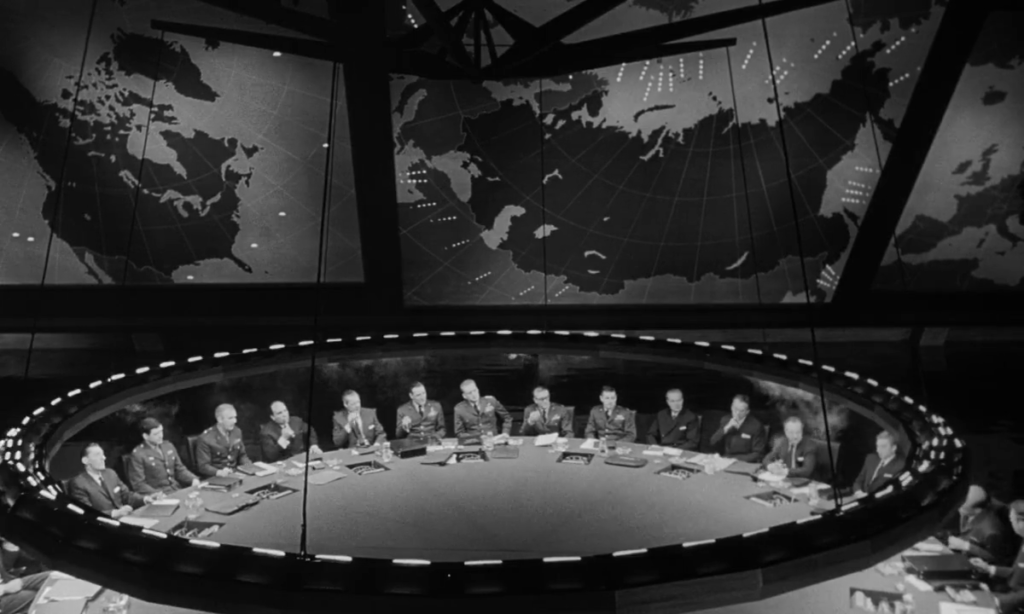
- Stark cinematography
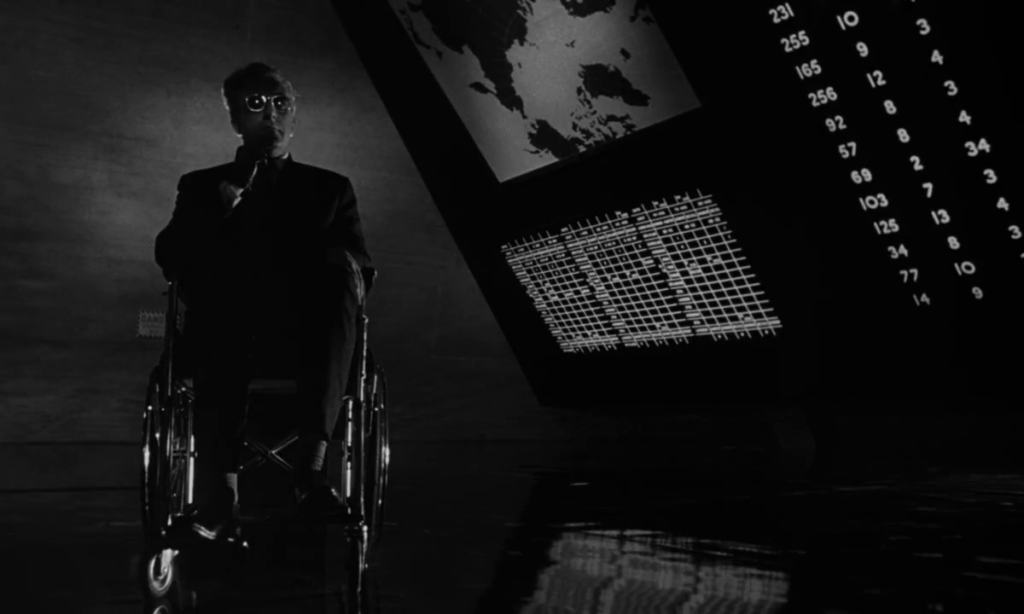
Must See?
Yes, of course — for numerous reasons.
Categories
- Cult Movie
- Genuine Classic
- Important Director
- Noteworthy Performance(s)
(Listed in 1001 Movies You Must See Before You Die)
Links:
|
